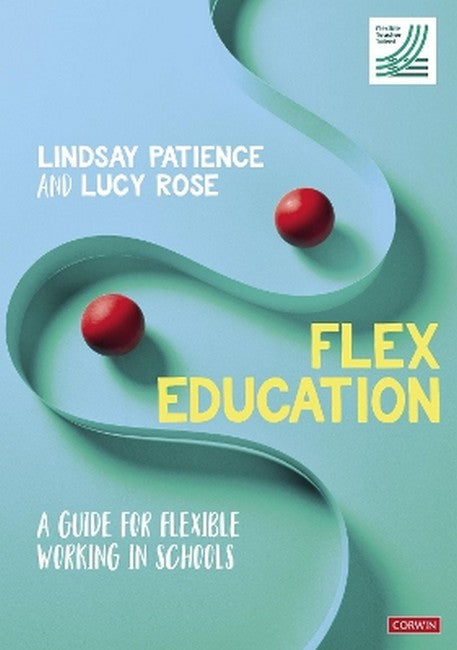After studying Economics and Management at Jesus College, Oxford, Lindsay Patience trained to teach Business Studies and Economics through the Teach First programme. After 10 years working is schools as a teacher and senior leader, she found herself looking for a part time leadership role in education after she had her first child. She was shocked to find that there were no roles available and struggled to find a part time job even as a classroom teacher. When talking to others, she realised she was certainly not alone in this and began to hear more and more how limited flexible working opportunities were in schools. This came at a time when the recruitment and retention crisis in teaching was really starting to ramp up and frustrated by the issue, she began a project with the Teach First Innovation Unit to research and develop solutions. This is where she met Lucy Rose and their work really crystallised the link the between the retention and wellbeing of teachers and the outcomes for pupils and how important flexible working was to improving these. She now works part time as an Economics and Business teacher at Putney High School. Lucy Rose joined the Teach First programme in 2004 and trained as a teacher of Spanish and French. She shared the school journey from Special Measures to Outstanding working in a variety of roles as a middle and senior leader. After having her son, she was disappointed to find resistance to flexible working and a strong culture of presenteeism which was difficult to navigate. She left full time teaching after her daughter was born and during this 'break', she retrained as an English specialist, became ridiculously interested in timetabling and met Lindsay at the Innovation Series. Lucy now works flexibly teaching English at a London secondary school.
Request Academic Copy
Please copy the ISBN for submitting review copy form
Description
Chapter 1: Flexible working in schools Chapter 2: The benefits of flexible working in education Chapter 3: Reasons for seeking flexible working in schools Chapter 4: Types of flexible working Chapter 5: Flexible working requests Chapter 6: Flexible recruitment Chapter 7: Talent partnerships (job sharing) in schools Chapter 8: Part-time working in schools Chapter 9: Other aspects of flexible working in education Chapter 10: Final thoughts
Flex Education is a great read either for those who are already fans of being flexible or for those who need ideas on how to move forward with it. It contains many different practical strategies which link flexible working with well being and family friendly schools. What's not to like about that? Even for someone who has had flexibility at the heart of school - there were still new ideas to learn and suggestions that I will be looking to take forward in my school. I really liked the sign posting throughout the book, it made it a very user friendly and easy to access book. I just wish this book had been around when my children were young! -- Sue Plant, Headteacher

